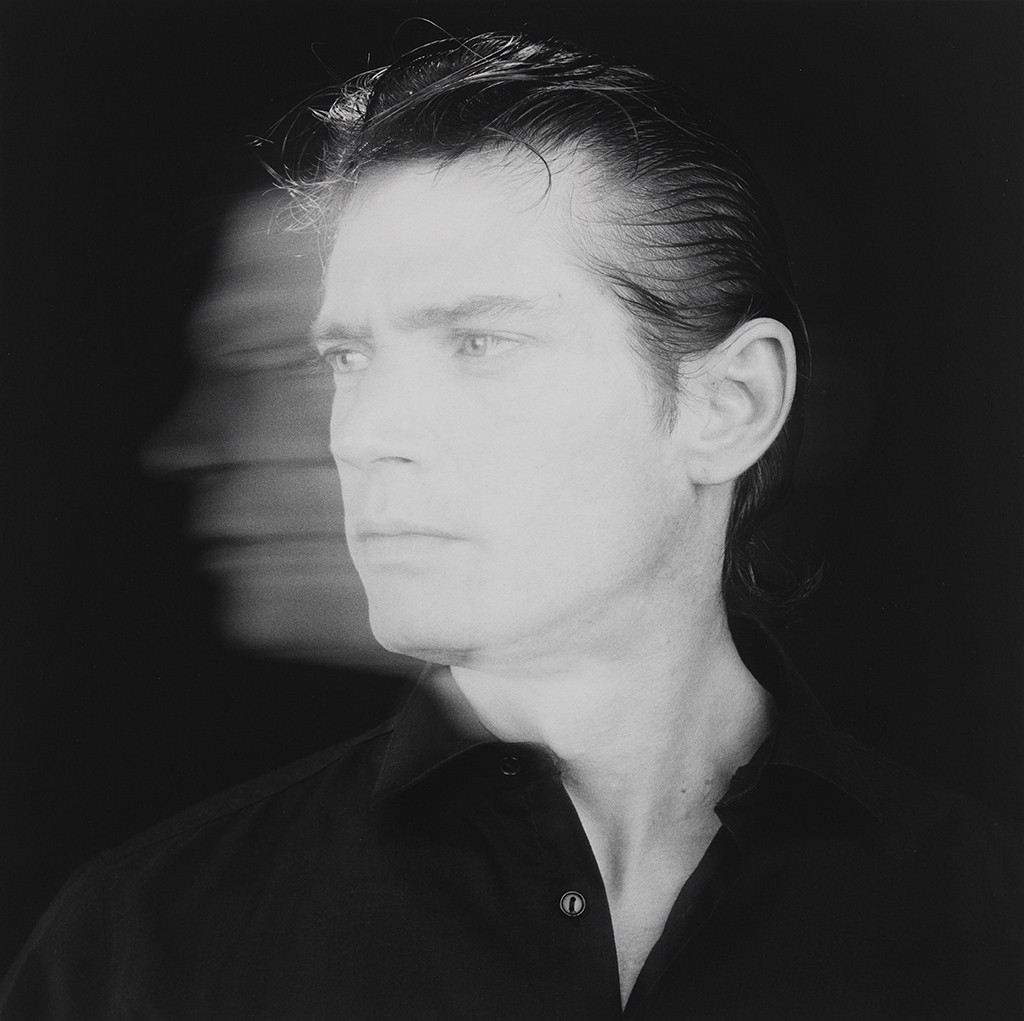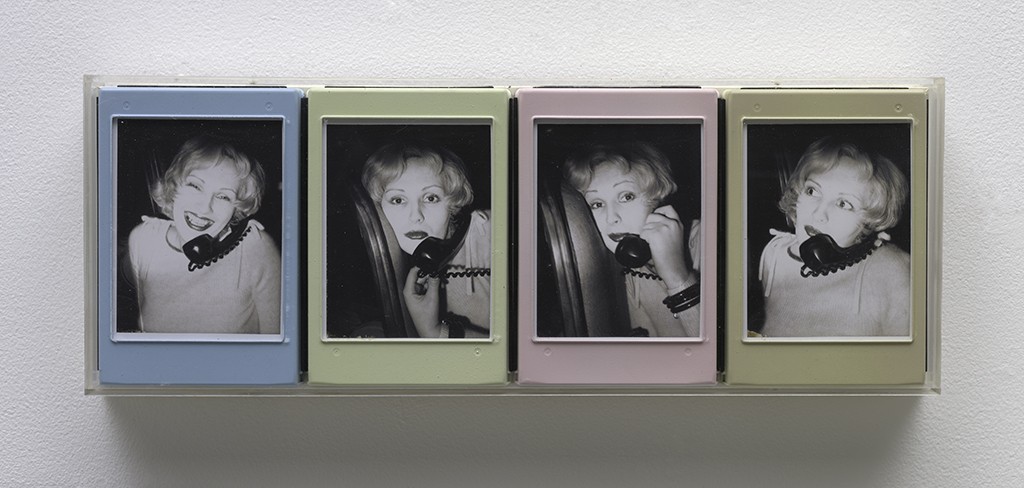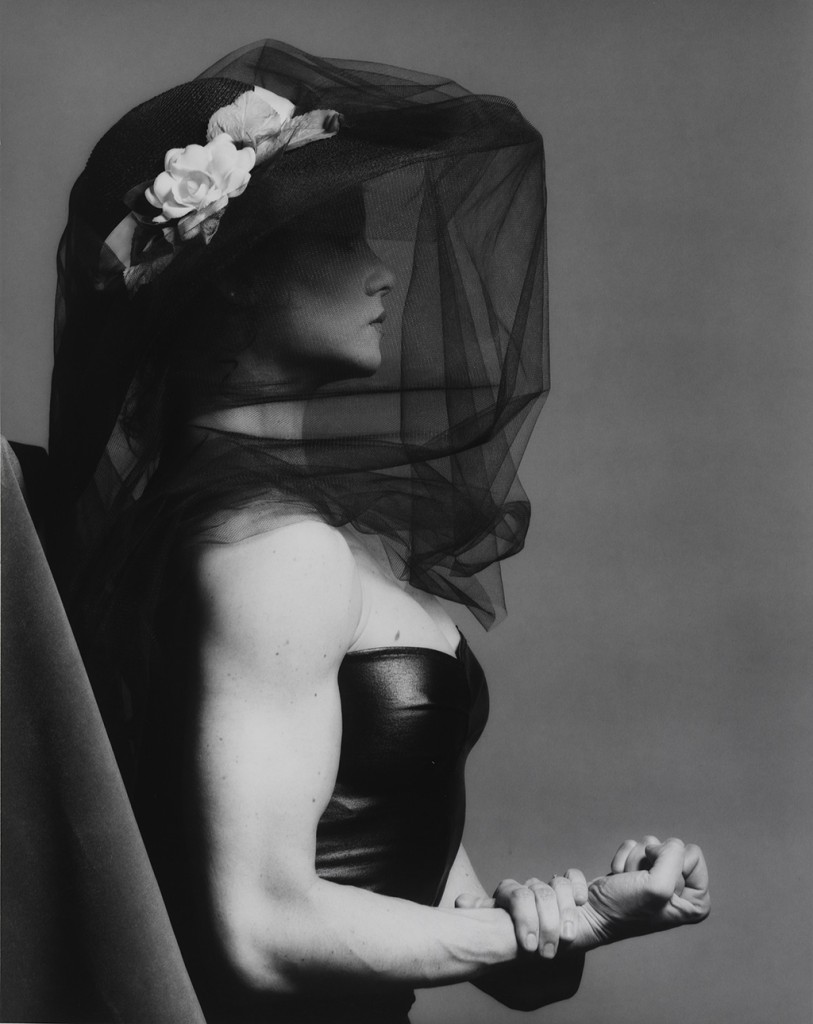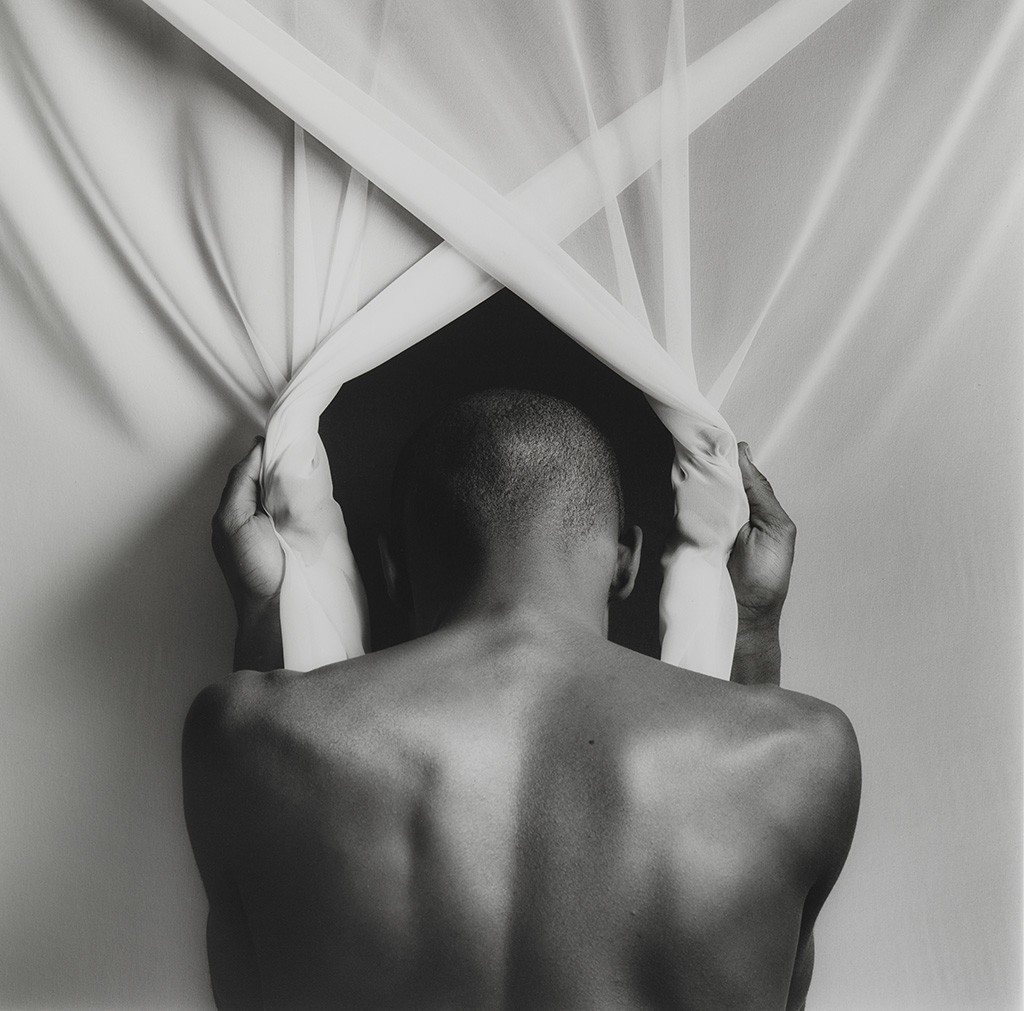Controversial Photographic Art of Robert Mapplethorpe to See at The Guggenheim
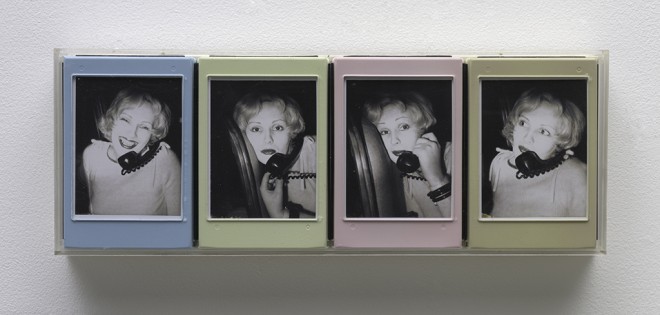
The Guggenheim Museum in New York City opens the exhibition “Implicit Tensions: Mapplethorpe Now,” dedicated to the thirtieth anniversary of the death of the most scandalous photographer of the twentieth century. The exhibition has an unusual multi-series format: its first part will last until June, and the second will begin in June and end in January 2020.
In the first part of the exhibition the visitors will see the results of the controversial photographic art of Robert Mapplethorpe – early Polaroids, weird collages and objects, as well as the main masterpieces of his “classical period” – nude photos, flowers and sculpture, portraits of celebrities, underground and, of course, self-portraits.
In the second part of this photographic exposition, you will see pictures of photographers whose art works were in tune with Mapplethorpe. Among them Rotimi Fani-Kayode, Lyle Ashton Harris, Glenn Ligon, Catherine Opie, and Paul Mpagi Sepuya. The exhibition was collected from the funds of The Solomon R. Guggenheim Museum, which has one of the most significant collections of Mapplethorpe’s art works – in 2003, the Mapplethorpe Foundation gave the Museum 200 photos.
Today Mapplethorpe is an iconic figure of modern art. He has long taken his place on the art Olympus, he has many followers and imitators, and his controversial photographic art considered one of the most expensive in the world. However, his path to the stars was not cloudless.
The photo exhibition begins with collages – in his youth Mapplethorpe cut out pictures from magazines for years, not least because of his poverty. In those years, when his personality was forged, he already had an interest in what goes beyond the ordinary: the artist’s collages of images of sailors, saints and circus freaks were the prologue to his future art works.
The priest’s son, who served as an altar boy in his childhood, Robert Mapplethorpe was equally fascinated by the antique decorative nature of Catholicism, mysticism and the occult. Pentagrams, Catholic symbolism, and tantric ornaments were equally attractive for him. Young Mapplethorpe, according to the memories of his first lover and rock star Patti Smith, almost like Faust, wanted to sign a contract with Mephistopheles to become rich and famous.
The choice of photography as the leading art movement was random. The first camera of Mapplethorpe was Polaroid, which taught him to the maximum accuracy in the work. A cassette of 10 records used to cost $3 – a lot of money for a poor young man. Polaroid, a democratic invention of the 1970s, allowed everyone to become a photographer without special knowledge. On Polaroid appeared the first results of his controversial photographic art – sadomasochistic underground pictures.
However, his obscene pictures with suffering models were more like Michelangelo’s “Slaves” whom Mapplethorpe admired. Everything changed when he had the opportunity to shoot on a professional camera – Hasselblad, which gave him the chance to express himself fully.
In Mapplethorpe’s controversial photographic art, black and white, men and women, sadomasochists, and celebrities were all filmed equally perfectly, depicting the equality and beauty of the sexes and races. However, the main thing in his pictures was not didactics, but still the magic inherent in real talent. Not least thanks to Mapplethorpe, photography received the status of the art movement.

